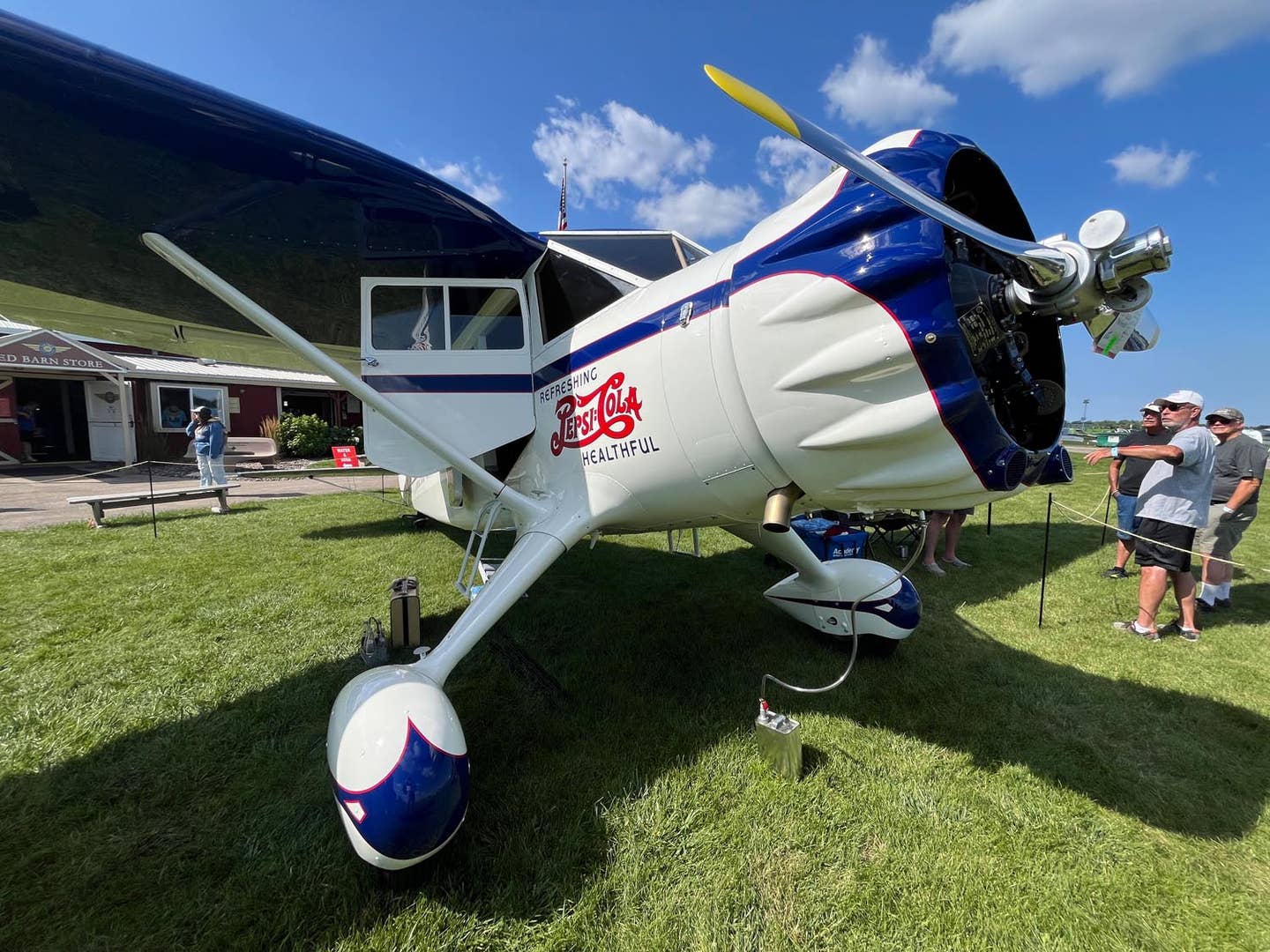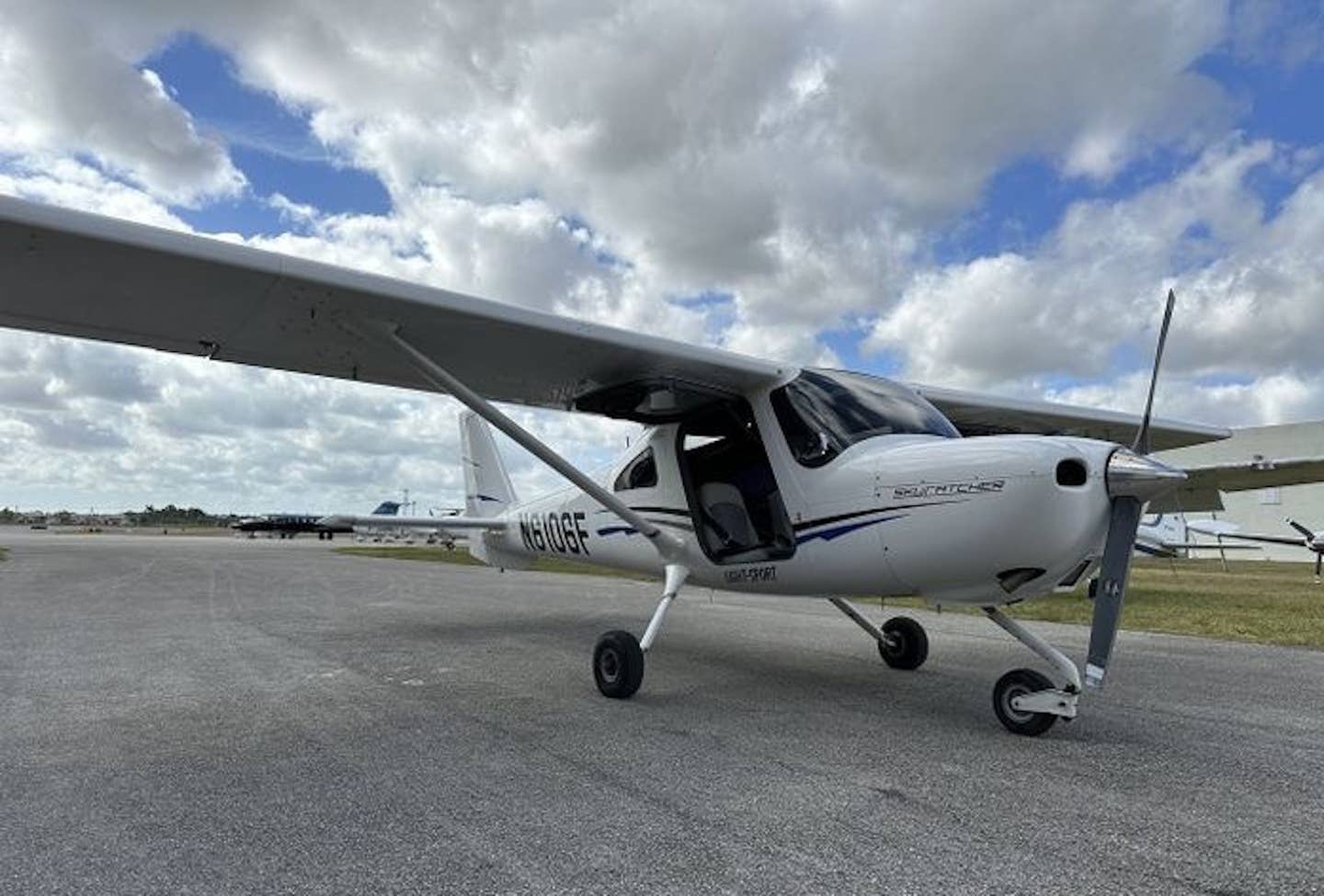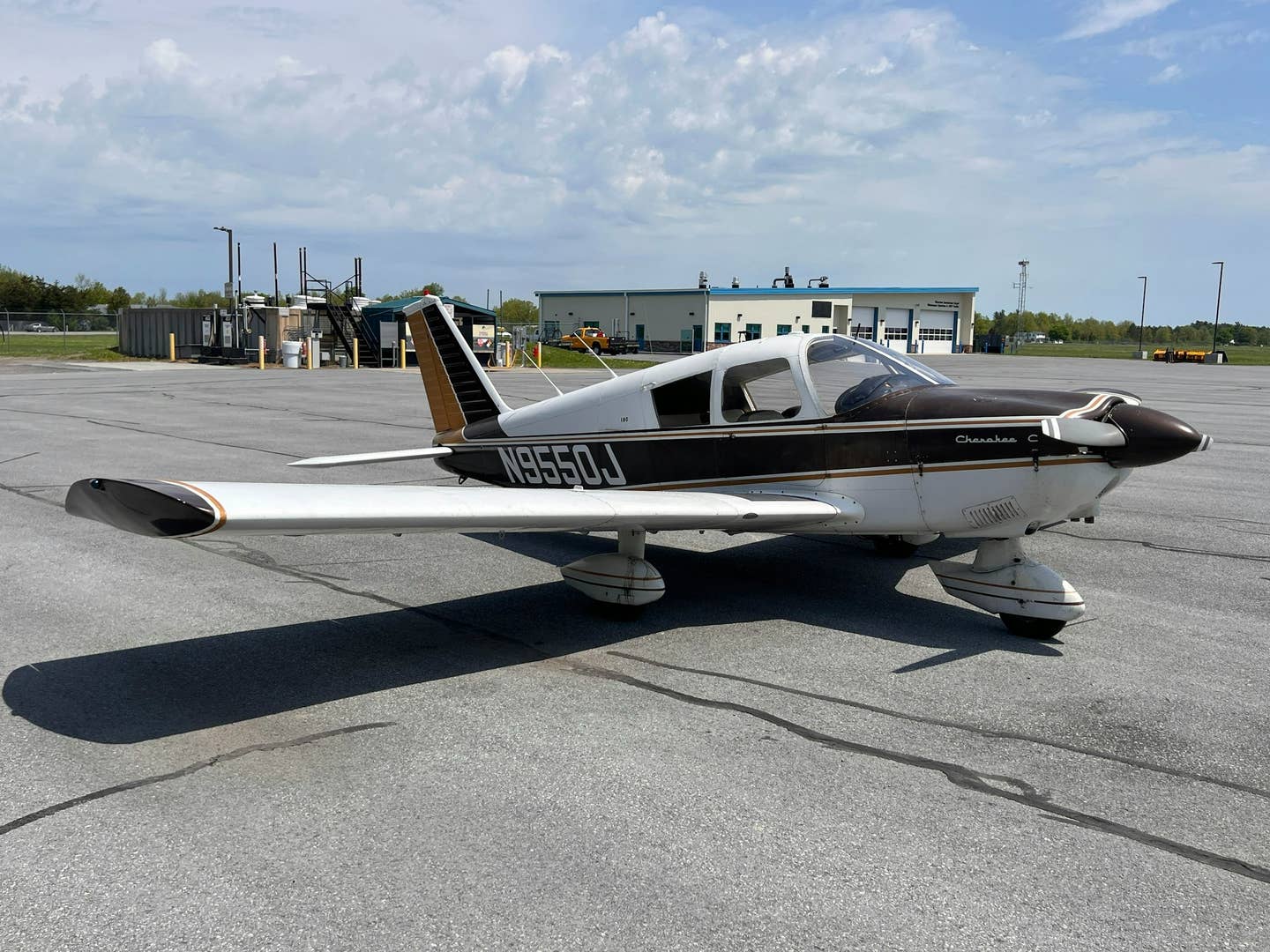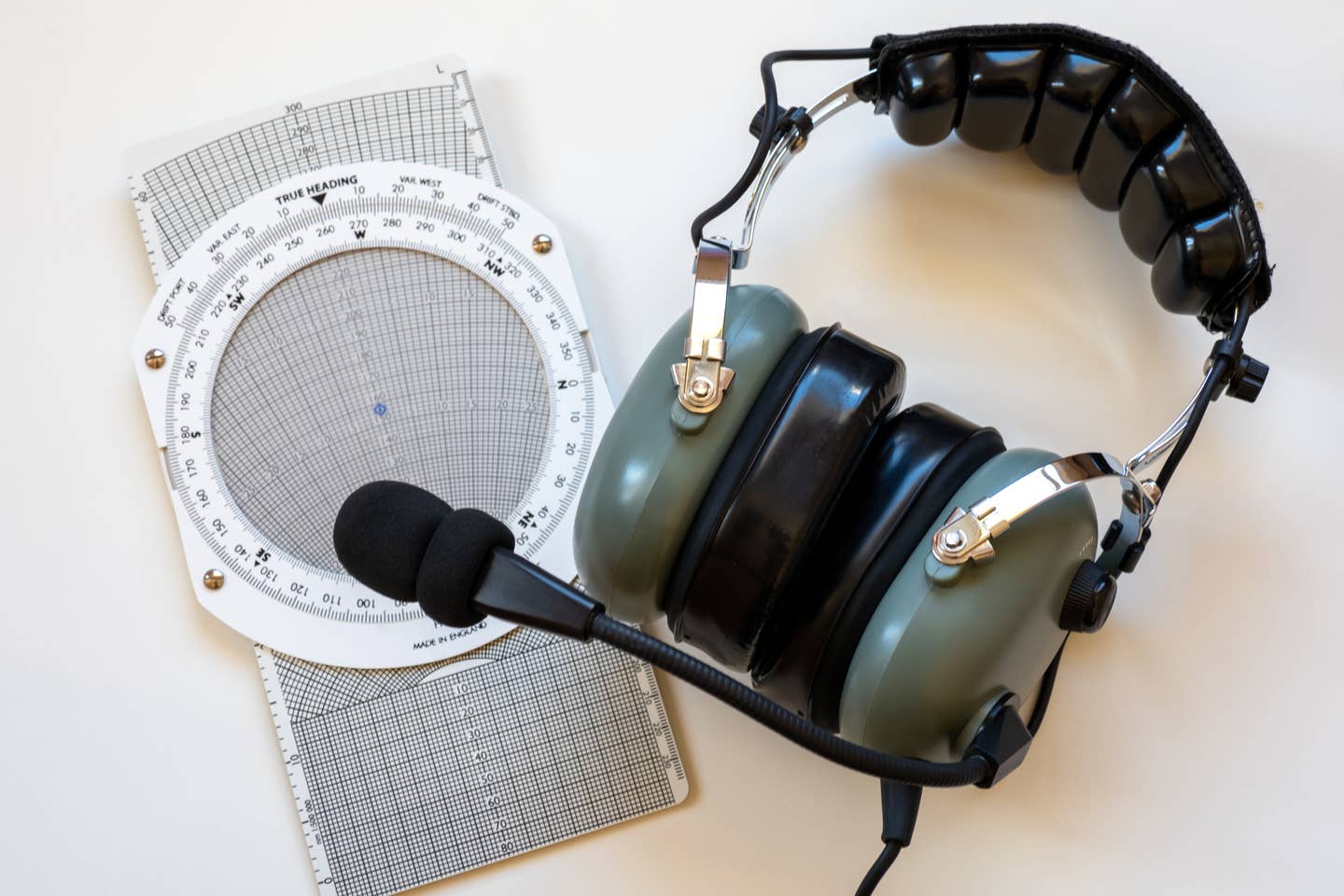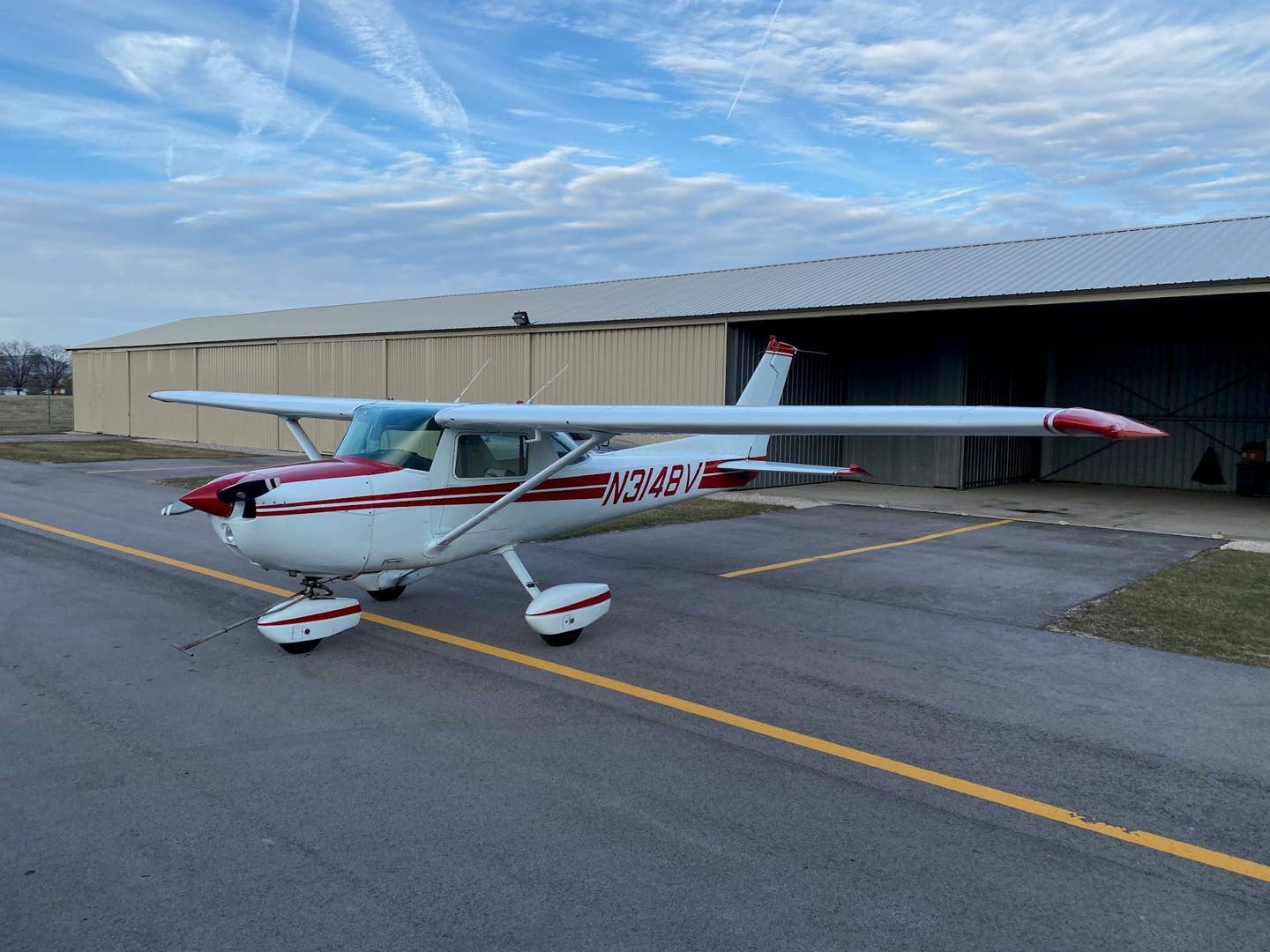Diesel Power to Pistons
Up until recently, if your goal was to have a turbine engine under the cowl it meant you had to pony up and invest in a million-dollar-plus aircraft that might…

Pratt & Whitney, E-Motor PT6 [Courtesy Messe Friedrichshafen GmbH]
Up until recently, if your goal was to have a turbine engine under the cowl it meant you had to pony up and invest in a million-dollar-plus aircraft that might exceed your mission and, in most cases, your bankroll. While it’s not a new concept, the emergence of very small, or “micro,” turbines is of great interest, especially these days when fuel costs and availability are on every owner’s mind.
Several manufacturers have jumped into what is likely to be a lucrative general aviation market for these microturbines. While the concept of turbine engines remains consistent with all the players, subtle differences between the offerings are present. Before we get into some of the available microturbines, let’s look at what makes an engine a “turbine” and what differentiates the micros from what we know as the “standard” turbine engines widely used today.
The Basics
The truth is all turbine engines are relatively simple. This also adds to their reliability, as there are far fewer moving parts than in an internal combustion engine, and those parts are, unlike piston engines, rotary instead of reciprocating. Regardless of how they’re producing propulsion, whether it’s driving a shaft with a propeller (turboprop), powering the aircraft with a high-speed exhaust (turbojet), or running an internal fan (turbofan), they share a similar design.
All have a core that consists of a compressor—which does just as the name implies—plus a burner, which ignites aforementioned highly compressed and very hot air, and the turbine, which is the point of the first two parts. In the turboprop world, the hot exhaust gas that exits at the main turbine passes through an additional turbine before entering a nozzle. Most of the energy generated by this exhaust at the nozzle is then utilized to turn the secondary turbine. The secondary turbine is connected to a driveshaft and gearbox, which is then directly connected to a propeller, turboprop, or a turbofan.
Another benefit of turbine engines is the fuel that feeds their appetites (jet-A) is more readily available worldwide and typically at a lesser cost than its counterpart, avgas, which is short for “aviation gasoline” used in the piston world. In fact, turbine engines are like Mikey from the old Life Cereal TV commercials—they pretty much will consume anything within reason to satisfy their fueling hunger. With that in mind, in addition to jet-A, it’s expected that many of the microturbine engines will also be happy with other forms of kerosene, including over-the-road pump diesel fuel, especially in emergency situations. Manufacturers’ additional testing of these microturbines will ultimately determine what type of alternative fuels, if any, can be used on a permanent basis.
TurbAero
Australian company TurbAero is developing a small, lightweight 200-horsepower engine, which will initially target those experimental aircraft that utilize conventional opposed-piston engines, usually the Lycoming IO-320 or IO-360 varieties (think Van’s Aircraft RVs and the like). TurbAero’s design utilizes a process called “recuperative technology,” taking the air that normally would enter the combustion chamber—in this case at 200 degrees Celsius—and, utilizing a heat exchanger, preheats the air by extracting waste heat from the exhaust gasses—and then uses that to preheat the compressed air, thereby reducing the amount of raw fuel required.
This preheating, or recuperative technology, translates to an engine that can run more efficiently, burn less fuel, and operate with a good balance between performance, size, weight, and cost. A good balancing act, indeed. And, lest you think this is some newfangled technology, it’s actually a proven process that has been utilized on land-based vehicles, such as the M1 Abrams series tanks on the battlefield, with TurbAero resizing the recuperator, right-sizing it for the TA200TP 200-horsepower microturbine with the intent on bringing it to market sometime in 2025.
How did TurbAero get into the microturbine game? As is often the case, the company came about by pure happenstance when its CEO, David Limmer, was looking for a turboprop engine for his own personal experimental aircraft in 2008. Not able to find one, the next best solution was to build one of his own, completing it in 2015. It was during this time Limmer recognized the potential for a range of small turboprop engines for aviation applications, specifically the experimental/builder’s market. Three years later, with funding in place and partnering with his brother, Andrew, TurbAero was formed. After attending numerous aviation symposiums worldwide and talking with various kit airplane manufacturers and many hobbyists, TurbAero settled on development of the 200-horsepower TA200TP engine.
With additional refinements going into the fifth year of development, the company is poised to transition to the next phase, planned for the first quarter of 2024 and culminating in putting the engine through its paces on the test stand. Refinement will follow based on the results of the testing.
One of the current design refinements is optimizing the engine for operation and efficiency at lower altitudes. Like all turbines, these engines are most at home at the higher flight levels. However, TurbAero realizes that to be successful in the experimental market, it’s critical to provide a reasonable level of efficiency at the 10,000 to 12,000-foot range instead of the rarified air in the flight levels at which turbines are generally accustomed to operating. Considering the lower per-gallon price of jet fuel, along with the typically lower cost of maintenance compared to a reciprocating piston engine, and given the potential for higher reliability, the overall cost and benefit to operating the microturbine should likely fall within a range that most aviators in the experimental world would find justifiable, even with a planned price to market at $85,000. With the ultimate goal of bringing these microturbines to the certified market—in all likelihood, probably not for another five to 10 years—the question of overhaul recommendations comes to mind.
Most microturbine manufacturers are looking at TBOs of other certified turbines and seeking to replicate those in the marketplace, with the 3,000-hour TBO as the benchmark for future certification. In the meantime, since these turbines are designed for the experimental market, TBO is not a requirement now, although it’s likely these engine makers will look at safety and provide recommendations of their own long before their microturbine is spooling up in the certified world.
In that regard, TurbAero is integrating a data acquisition function into the FADEC (full authority digital engine control) on their TA200TP engine. This purportedly will allow users of this engine to benefit from a health and usage monitoring system, designed to identify potential failure points before the failure occurs. It’s a grand prospect that could save maintenance costs at the very least and bent airframes at the very worst if it comes to fruition.
PBS Aerospace
Another turbine engine manufacturer, PBS Aerospace, brings its experience manufacturing propulsion systems for the defense sector, with expertise in tactical UAVs, target drones, and missiles, and enters the general aviation experimental market with a small, 43-pound micro turbojet engine that’s used in some SubSonex jets, as well as the BD-5J jet.
According to vice president of customer support Frank Jones, the flexibility of the company’s TJ100 turbine engine will allow builders to utilize various versions of it, with some having a fuel-oil mix that will allow straight-up rocket-style launching without skipping a beat.
While PBS suggests a 300-hour time between hot sections at the moment, as additional experience and time gets put into these engines, the manufacturer may increase its suggested time between hot sections. Again, in the experimental world, these are simply suggestions, albeit strong ones. However, because there are so few hours being put on these microturbines, manufacturers like PBS are being ultraconservative in recommendations for overhauling/hot sectioning their turbines.
At this time, PBS turbines in need of maintenance or hot sections require the engine to be returned to the company’s facility in the Czech Republic. However, as of this writing, since none of PBS’ TJ100 engines in the field have accumulated operational hours approaching the 300-hour mark, no overhauls have yet been necessary. Jones says the firm hopes to have facilities in the U.S. available for overhaul purposes when the time comes. In the meantime, as mentioned, other manufacturers are anticipating reaching similar recommended TBOs as their big brother counterparts, meaning 3,000-plus hours before the requisite hot section and overhaul. Pricing of the PBS TJ100 is in the $80,000 range, depending on accessories and other options.
Heron Engines
For those who don’t want to wait for the development of those microturbines still in the testing stage and earlier, there’s one manufacturer—Crete, Greece-based Heron Engines—with a 130-horsepower version ready for preorders. Although you may be sacrificing some available horsepower compared to others that are developing 200 hp versions, the Heron microturbines, weighing in at a svelte 82 pounds, with gearbox and developed after decades of work designing and building UAVs from founding member Alex Vrontoulakis’ father, are available for preorder today. Vrontoulakis is now partnered with Alex Fatseas and since 2018 they have been committed to bringing their microturbines to market, with the company promising to make them affordable (low $40,000s), easy to maintain, with projected overhaul costs in the $7,000 range.
Solar Turbines
You wouldn’t normally think a turbine engine used primarily as a helicopter auxiliary power unit (APU) or ground power generator would be a good fit as a primary source of propulsion. But in the case of the Solar T62, the manufacturer says, you would be wrong. This compact engine continues to see some use in the experimental helicopter world, where it can be found in kits made by Rotor X Aircraft Manufacturing (formerly RotorWay International) and Mosquito Aviation (the single-seat Mosquito homebuilt helicopter). However, you might need to look hard for one of these as they are few and far between, and mostly found on auction sites such as eBay. When you can find one on the market for sale, you can expect to shell out about $15,000 for the T62 turbine—and of course, we’re talking used.
Other Turbine Benefits
Because 100LL is becoming more scarce by the day internationally, industry experts predict per-gallon costs are going to continue their upward spiral. Having an engine that burns jet-A will assure more savings in the future, which will be an added benefit overall.
So, what will it take to enter the rarified air of the turbine world? Like many things in aviation, time and money. Time, since we’re in the infancy stage of microturbine development. And, of course, money, since the price of admission for experimental microturbines will fall somewhere within the $40,000 to $85,000 range and potentially go higher by the time they come to market.
With the advent of these microturbine engines, it’s quite possible we’re at the inception of a new phase in propulsion for experimental aircraft and beyond. While there are numerous obstacles to overcome, not the least of which is the cost of acquisition, obtaining efficient operation at lower altitudes and proving the microturbine design is sustainable in our ever-demanding world of aviation, there’s cautious optimism that in the not-so-distant future, we will all be hearing the unmistakable sweet sounds of turbines spooling up much more frequently at airports around the world.
Editor's note: This story originally appeared in the July 2023 issue of Plane & Pilot magazine.

Subscribe to Our Newsletter
Get the latest Plane & Pilot Magazine stories delivered directly to your inbox


